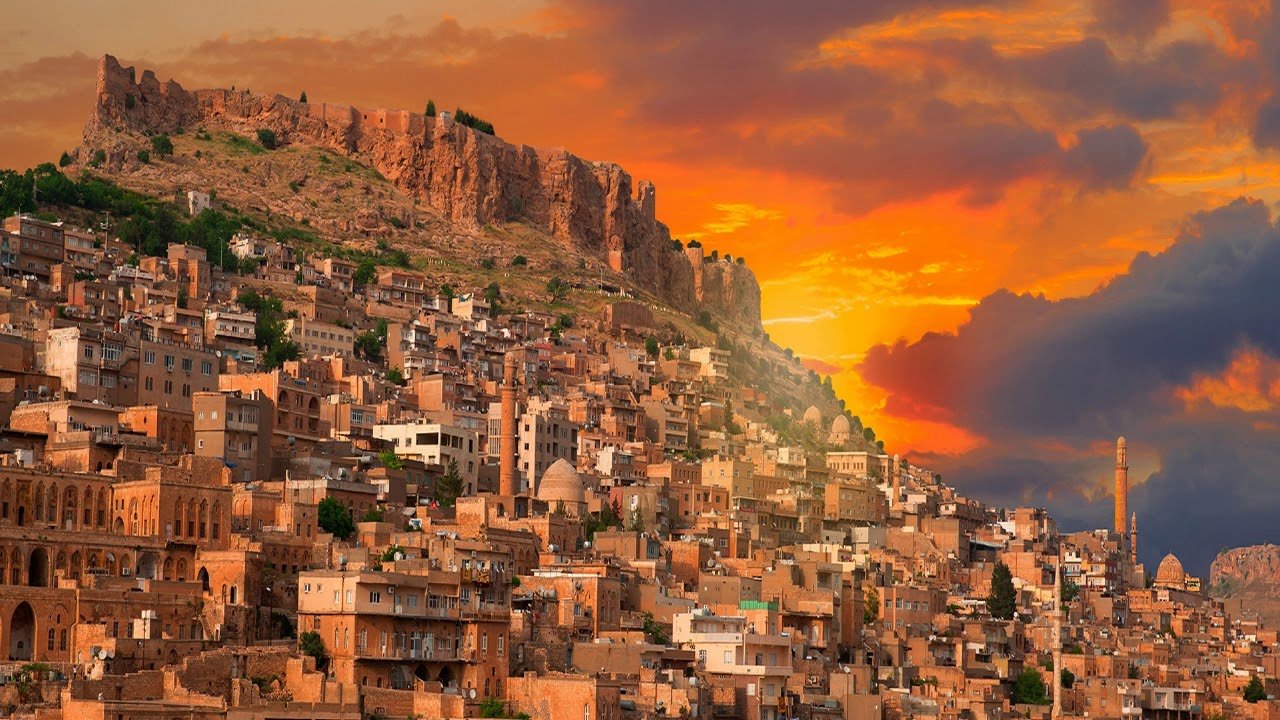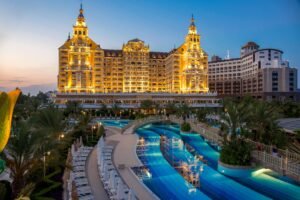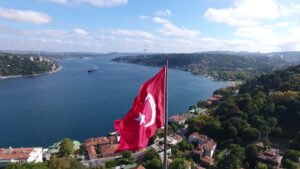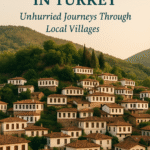Now Reading: Istanbul Through the Ages: A Timeless Journey into the City’s Glorious Pas
-
01
Istanbul Through the Ages: A Timeless Journey into the City’s Glorious Pas
Istanbul Through the Ages: A Timeless Journey into the City’s Glorious Pas

A Living Chronicle: The History of Istanbul

Istanbul is not just a city—it’s a vast historical archive. Among the world’s capitals, it has always held a distinct and prestigious place. Often referred to as the “Queen of Cities,” Istanbul is both challenging and breathtaking. During the Marmaray excavation project, which aimed to ease the city’s transportation, archaeological discoveries at Yenikapı revealed a stunning truth: contrary to what was believed, Istanbul’s roots go back approximately 8,000 years.
This extraordinary legacy gave rise to a city built on seven hills, adorned with palaces, columns, mosques, churches, fountains, bazaars, cisterns, and dungeons. Attracting millions of visitors from around the globe, Istanbul is often experienced as a tourist destination. Yet many locals have never explored its iconic landmarks. Forget the Istanbul you know and get ready for a new journey.
A Tale of Empires: The History of Istanbul

Three mighty empires—Roman, Byzantine, and Ottoman—once ruled three continents from this city. First known as Byzantium, later as Constantinople, and finally Istanbul, the city has always inspired ambition and awe. Napoleon once declared, “If the world were a single state, its capital would be Constantinople.”
Nestled on a triangular peninsula between the Black Sea and the Aegean, and graced by the Bosphorus and the Sea of Marmara, Istanbul boasts one of the most strategic and stunning geographies on Earth. The Golden Horn served as a natural harbor, making it one of the world’s most vital trading ports for centuries.
From Byzantium to Constantinople

The city was founded in the 7th century BC by Greek colonists led by Byzas. Nearly 800 years later, in 196 AD, Roman Emperor Septimius Severus seized and later restored the city for its invaluable location. In 324 AD, Constantine the Great envisioned it as the new world capital, rebuilding it as “New Rome”—a majestic metropolis.
Over time, 92 emperors ruled from this land—more than any other city in history. Istanbul became the heart of Eastern Christianity and the crown jewel of Eastern Rome for over a thousand years.
Architectural Splendor and Urban Evolution

In the 6th century, Emperor Justinian transformed the city, commissioning magnificent structures, including the legendary Hagia Sophia. Unlike other ancient cities built on a strict grid, Istanbul’s layout followed its natural landscape—winding alleys, dead-ends, and asymmetrical streets gave it character.
However, in 1204, the Fourth Crusade brought devastation. The Latin occupation lasted until 1261, during which the city was looted and severely weakened. Later, civil unrest and economic decline further reduced the city’s population. By the 15th century, Istanbul resembled a patchwork of scattered villages divided by orchards and fields.

The Conquest: A New Era Begins

Everything changed in 1453 when Sultan Mehmed II conquered the city. Istanbul was in ruins, including the great Byzantine Palace and Hagia Sophia. The Sultan entered through Topkapi Gate and made his way to Hagia Sophia. As historian Philip Mansel recounts, Sultan Mehmed looked upon the city’s ruins and softly recited:
“Spiders weave curtains in the halls of kings,
Owls keep watch over the towers of Efrasiyab.”
Istanbul Under Ottoman Rule

Under Ottoman rule, the city underwent a rapid transformation. Vegetable gardens flourished, and timber houses with gardens became the norm in new neighborhoods. Yet the city’s Byzantine core remained. The Ottoman Empire continued the tradition of building monumental structures on the city’s hills.
During the empire’s golden age, Istanbul remained the world’s most important metropolis. It was not just a political capital but a cultural one—endlessly inspiring painters, poets, and writers.
Ahmet Hamdi Tanpınar, one of Turkey’s greatest novelists, wrote in Five Cities:
“Istanbul is not only a city of grand monuments but also of hidden corners and surprising landscapes. Its soul lies in the quiet alleys, not just the towering domes.”
Poet Bedri Rahmi Eyüboğlu began his famous Istanbul Epic with these lines:
“When I think of Istanbul, seagulls come to mind—
Half silver, half foam,
Half fish, half bird…
When I think of Istanbul, I think of a fairytale—
Once upon a time…”






























